NEWS
Stewart Filmscreen's Mark Robinson Interview
September 3, 2020
Mark Robinson, Vice President of Customer Experience at Stewart Filmscreen, recently sat down with Technology Designer to discuss Stewart's collaboration with LG Electronics and his Stewart screen material recommendations for select LG projectors.
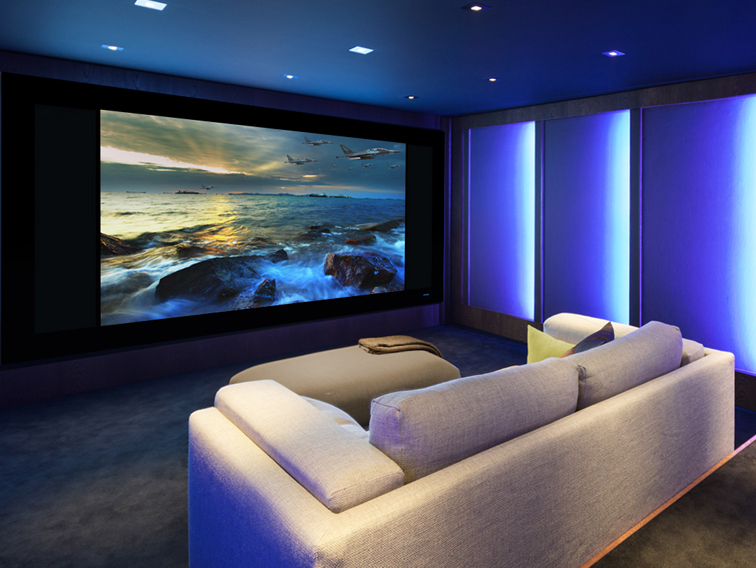

Technology Designer: How has Stewart Filmscreen weathered the coronavirus pandemic?
Mark: Stewart has done well through these turbulent times. We have a lot of defense work – Boeing, Lockheed-Martin and others where screens for simulation are critical. We learned early on that we were deemed essential and we’ve worked through various issues and a back-log of orders. Thankfully, only a few of our people were affected and they are fine and back at work.
TD: Give our readers a bit of your background and role at Stewart.
Mark: I’ve been with Stewart Filmscreen for 34 years, so I’ve worn a lot of hats. From product development to Director of Manufacturing and VP of Technology, to my current position of VP of Customer Experience.
I’m really a bridge between our sales team and production, with an eye on key accounts and customization, where there is a lot of engineering and product development. And, of course, ensuring a superb customer experience. I guess you could say I’m the voice of experience, always representing the best interests of our customers.
TD: Talk about your collaboration with LG Electronics over the past few years.
Mark: LG is formidable in the direct view market. And LG is now becoming prominent in the projection market, in both the commercial and residential verticals. LG, because of their ability to produce excellent products at very competitive prices, is coming towards us with better capabilities that match our traditional position in focusing on reference systems. And we are better aligned to work with LG because we have introduced ultra-short throw screens and more affordable solutions that we are bringing to market.
A lot of dealers tell us that since we are offering competitively priced products with Stewart quality built-in, they can now specify us in all of their $10K projects. The screen is no longer more expensive than the projector. So that’s also a reason for us to partner with LG — quality at competitive price points.
TD: Let’s discuss your thoughts on what type of screen fabrics – based on lighting conditions – you would recommend for three of LG’s most popular projectors: The Ultra Short Throw HU85LA, the new 4K 5,000 ANSI lumen GRU510, and LG’s new mobile projector, the HU70LB.
Mark: Starting off with the HU85LA, I actually have experience with it. It’s architecturally very attractive to look at and you wouldn’t even know it was a projector unless you were in our business. We have several options, starting with our Balón Edge UST that is specifically designed for USTs and has a minimalist half-inch overscan border. It is the most progressive fixed frame projection screen system available.
That being said, retractable screens are obviously of consideration so when the projector is off, the family isn’t staring at a blank screen. You can integrate them with a flush mount bezel or trap door concealment options and look at either our diffusion materials such as our GrayMatte 70 which gives a 30 percent advantage in black floor against most retractable screens and then our StudioTek 100 which would be perfect for when you can dim the light in the space.
So three good options. And I’d also recommend designing in a little bit of overscan built in, to keep light from spilling off the wall.
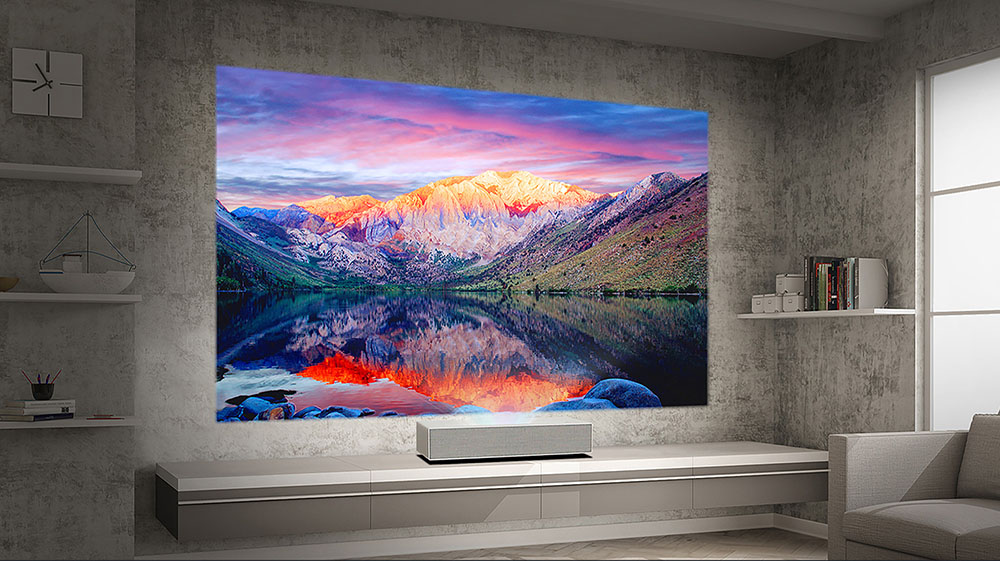
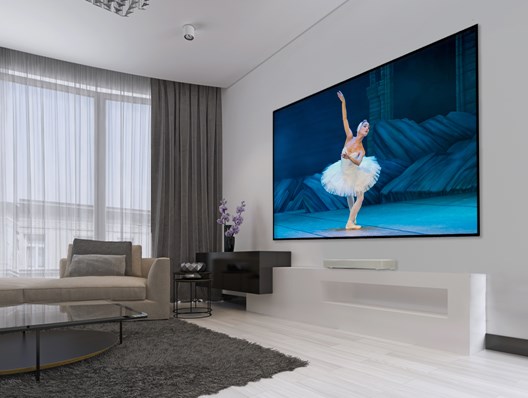
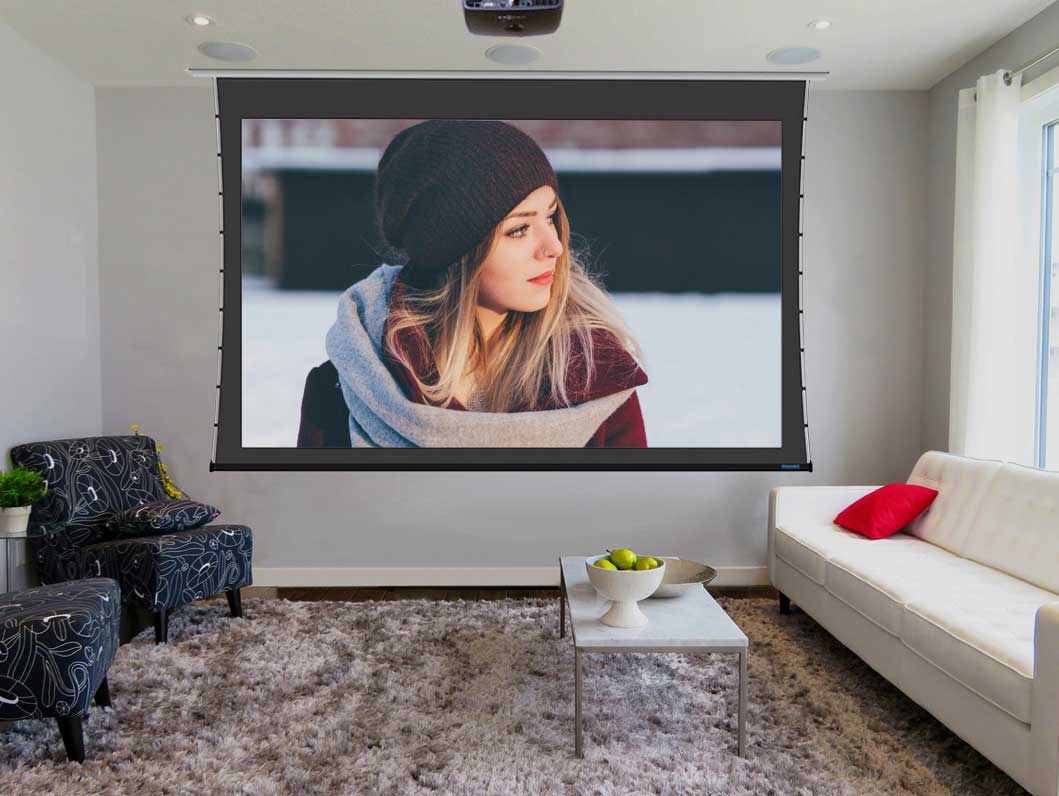
For the GRU510, this is a product which is in a familiar place for us. We do a lot of retractable screens for projectors in this class – up to 20 feet wide in 4K HD format with the 5,000 ANSI lumen output. You could also look at a wide variety of our roller screens, and with a focal length of 1.6 it would work perfectly in classrooms, conference rooms and other spaces. There are a lot of fabrics we offer, the matte whites for controlled lighting, then transitioning into GrayMatte fabrics for medium ambient light conditions (same advantages of matte whites but with a 30 percent increase in black level), then on to FireHawk with higher ambient lighting conditions.
I can also see this projector crossing over to the consumer market, at 20 feet wide and 5,000 ANSI lumens you could get an exceptional image. You’d probably want to look at acoustically transparent screen material to deliver a robust sound stage. This is a good solid projector.
For the HU70LB projector, which is a hybrid between a mobile and fixed unit, I’m really impressed with the 4-channel LED technology as opposed to a color-wheel. Color-wheels have artifact issues for some viewers, in my opinion. At 1,500 lumens, you could easily go up to a 130-inch screen. The zoom capability of 20 percent would work well with FireHawk in medium ambient light conditions. I would probably suggest a StudioTek as a gateway product if you can control the light. And, again, a retractable screen would be ideal if you cart this easily mobile projector from place to place.
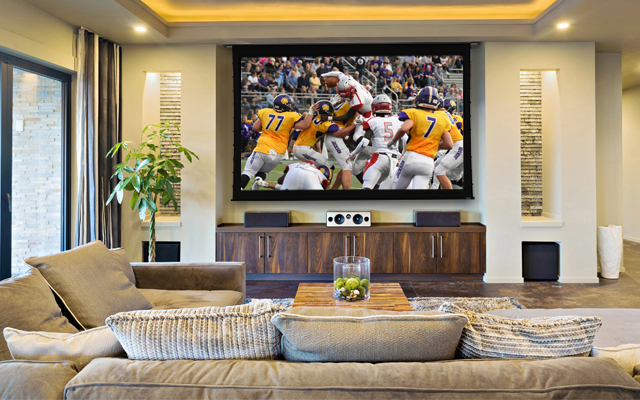
TD: Any final thoughts you’d like to share?
Mark: Stewart Filmscreen is always excited about anyone taking the two-piece projection business seriously and we welcome LG’s expansion into the market, presenting optimal solutions for their clients. When considering filmscreen solutions, we always ask what the lighting conditions will be, so start there when discussing fabric options. At the end of the day, LG and Stewart are going to be a great match.
TD: Any final thoughts you’d like to share?
Mark: Stewart Filmscreen is always excited about anyone taking the two-piece projection business seriously and we welcome LG’s expansion into the market, presenting optimal solutions for their clients. When considering filmscreen solutions, we always ask what the lighting conditions will be, so start there when discussing fabric options. At the end of the day, LG and Stewart are going to be a great match.
Read More:
https://www.technologydesigner.com/2020/08/10/mark-robinson-stewart-filmscree/

 then "Add to Home Screen"
then "Add to Home Screen"